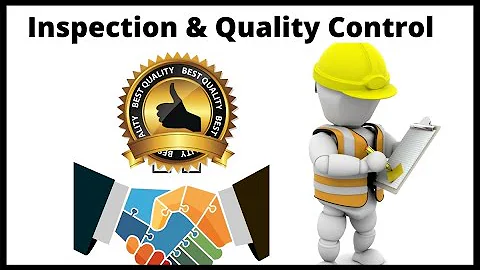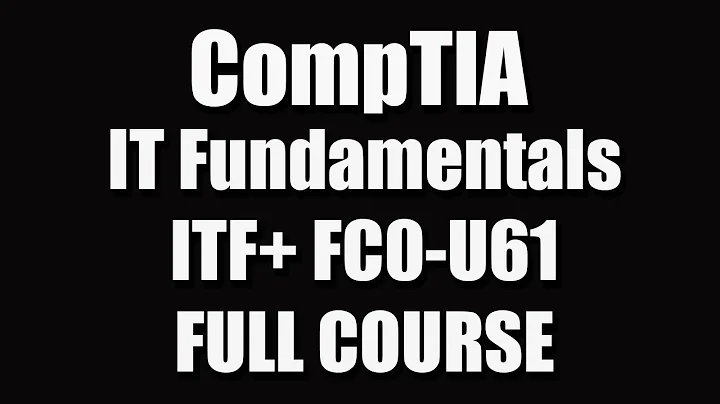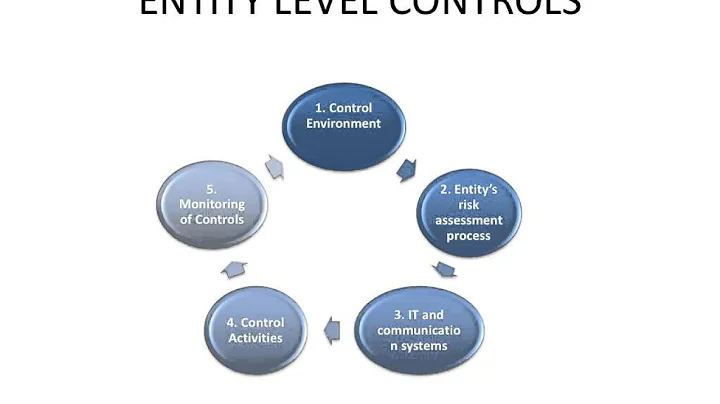
Information introduction
Monitoring and measuring equipment control program

Content preview
1. Purpose
Establish and maintain a control system for inspection, measurement and test equipment to ensure all measurements of the company The appliance is controlled.
2. Scope
is applicable to the company's ISO9001, IATF16949 quality management system control of all inspection, measurement and test equipment.
3. Responsibilities
The quality control department laboratory is responsible for the daily management, calibration and periodic verification of testing equipment.
4. Program
4.1 Configuration of inspection, measurement and test equipment
4.1.1 Application for configuration department puts forward configuration requirements based on relevant technical requirements (such as drawings, process documents, product standards, inspection regulations, etc.) and fills out the "Measuring Instrument Configuration Application Form" , report to the Quality Control Department.
4.1.2 The Quality Control Department shall verify the purchase requirements, sign the opinions and submit them to the corresponding supervisor for approval, and the Purchasing Department shall implement the purchase.
4.2 Procurement, verification, documentation and storage of inspection, measurement and testing equipment
4.2.1 The purchasing department is responsible for purchasing inspection, measurement and testing equipment and sending it to the laboratory. The laboratory is responsible for verification or delivery, and the warehouse is processed after passing the test. Procedures; if the product fails to pass the test, the purchasing department shall be responsible for replacement or return.
4.2.2 The laboratory is responsible for the identification, numbering and registration of inspection, measurement and test equipment into the ledger.
4.2.3 The warehouse is responsible for the safekeeping of the inspection, measurement and testing equipment that has been stored in the warehouse, ensuring appropriate environmental conditions, and must have safety, rust-proof, and moisture-proof measures.
4.3 Receipt, borrowing and recycling of inspection, measurement and testing equipment
4.3.1 When receiving or borrowing it from the using department/individual, it should be filled in the "Registration Form for Receiving/Borrowing Testing Equipment" with the consent of the person in charge of the laboratory It can be collected or borrowed later.
4.3.2 Measuring instruments without a laboratory registration number and without a unique qualification mark indicating calibration status are prohibited from being used at the production site.
4.3.3 When the recipient/borrower of measuring instruments leaves the company, he or she must go to the laboratory to go through relevant procedures; when he or she is transferred across departments, he/she should proactively notify the laboratory and go through the relevant procedures.
4.4 Use of inspection, measurement and testing equipment
4.4.1 Measuring instruments in use must be verified or calibrated according to the prescribed period; they must be used within the validity period of verification and calibration.
4.4.2 Company employees must use measuring instruments correctly to prevent their calibration from becoming invalid due to improper adjustment.
4.4.3 Once the user discovers that the measuring instrument is inaccurate, he should immediately notify the laboratory to switch to another measuring instrument; re-inspect the tested products and fill out the "Measuring Instrument Inaccuracy Traceability Record Form". At the same time, the measuring instrument will be recovered by the laboratory, a prohibited label will be affixed, and verification/maintenance will be arranged in a timely manner, or it will be scrapped directly.
4.4.4 When using measuring instruments outside the company, documentation proving the performance of the equipment should be provided as required by this procedure.
4.5 Periodic verification and calibration
4.5.1 The laboratory prepares the measuring instrument verification plan for the next year at the end of December every year, fills in the "Measuring Instrument Periodic Verification Plan" and implements it. The externally commissioned verification institution must meet one of the following conditions:
A. Passed third-party ISO/IEC 17025 certification;
B. Authoritative organization recognized by the country.
4.5.2 Verification/calibration of instruments attached to the equipment:
A. Equipment used for special processes. It is used as a monitoring instrument for processing process parameters monitoring. It is implemented in accordance with 4.4.1 and 4.5.1;
B. Used for ordinary processing processes. equipment, its associated instruments shall be calibrated along with the regular maintenance of the equipment.
4.5.3 When the company's internal laboratory verifies/calibrates measuring instruments, the following conditions must be met:
A. Verification/calibration procedures must be in place, and national unified standards must be implemented for standard testing instruments;
B. For the same verification/calibration, must Have two trained and qualified verification/calibration personnel (for standard testing instruments, they should be trained and qualified metrologists).
C. All verification/calibration activities must be performed in accordance with the corresponding " verification /calibration procedures" and relevant records must be retained.
4.5.4 For specific measuring instruments, when a qualified laboratory cannot be found, the calibration service can be provided by the original equipment manufacturing unit, but the manufacturing unit of the equipment must provide the laboratory with a verification/calibration "certificate" after verification. .
4.5.5 Measuring instruments should be marked after verification:
A. Certificate of Conformity: Inspection, measurement and testing equipment that has passed the verification;
B. Permit for Use: Inspection, measurement and testing equipment that has passed the inspection and has limited scope of use or downgraded use;
C. Out-of-use certificate: Inspection, measurement and testing equipment that has failed to pass the verification or calibration and has been scrapped;
Note: The validity period should be marked on the certificate and approval certificate.
4.6 Metrology verification personnel must undergo special training and hold a certificate to work.
4.7 The laboratory should keep relevant information such as test certificates and calibration certificates.
4.8 Maintenance, downgrading, scrapping and sealing of inspection, measurement and testing equipment
4.8.1 For measuring instruments that are found to have malfunctions during verification and calibration, or when the measuring instruments in use are inaccurate or damaged, the laboratory shall arrange maintenance and make repairs. Record. For inspection, measurement and test equipment that cannot be repaired by the company, the laboratory is responsible for entrusting qualified suppliers to repair it.
4.8.2 Measuring instruments that have been repaired should be re-calibrated according to 4.5.
4.8.3 When inaccurate measuring instruments cannot be repaired, the laboratory will fill out the "Measuring Instrument Scrap Form" and scrap it after approval by the Quality Control Department Manager (if the value is large, it should be reported to the General Manager for approval).
4.8.4 Disabled measuring instruments must be stored in isolation and labeled with "disabled" to prevent misuse.
4.8.5 Measuring instruments that are not used for a long time should be sealed and stored in isolation.
4.9 Measurement system analysis (MSA)
The test equipment (inspection, measurement and test equipment) covered by the measurement system involved in the control plan shall be analyzed by the laboratory in accordance with the relevant provisions of the "MSA" manual, and when necessary Take measures.
The specific requirements of our company's MSA:
1. MSA must cover all measuring instruments and testing equipment mentioned in the control plan;
2. For measuring measuring instruments, use GRR (repeatability reproducibility) analysis method (GRR≤30% and ndc≥ 5. The measurement system is qualified) or the stability analysis method;
3. The kappa analysis method is used for counting measuring tools (including visual inspection of appearance), and Kappa≥0.4. The measurement system is qualified;
4. For test equipment with a small amount of data and low frequency of use , personnel qualification assessment, equipment calibration, prescribed sample selection methods, test environment monitoring and other methods can be used for comprehensive assessment and analysis to ensure the accuracy of the measurement results.
5. quality record :
5.1 QR/QU - 11 Testing equipment configuration application form
5.2 QR/QU -12 Testing equipment management account
5.3 QR/QU -13 Testing equipment requisition/borrowing registration form
5 .4 QR/QU -14 Testing equipment periodic verification plan
5.4 QR/QU -15 Testing equipment inaccuracy traceability record form
5.5 QR/QU -16 Testing equipment seal registration form
5.6 QR/QU -17 Testing equipment Scrap order
5.7 Measurement system analysis data
data acquisition
data acquisition

friend circle collection like send B17 7.601 Monitoring and measurement equipment control program get
[system Management] Focus on quality, environment, occupational health and safety and other management system knowledge Share!
[Sharing content] Internal and external corporate training materials PPT, management system documents, form template cases, internal audit skills, external audit preparation skills, management system construction practical cases, registered auditor examination materials, internal auditor training Tutorials, quality/safety/ lean production , manufacturing industry books and e-books, GB/GBT/HB/DB/QB/GJB, sharing and interpretation of laws and regulations, ISO9001, ISO14001, ISO45001, IATF16949, ISO13485, ISO27001, ISO17025, ISO22000 , VDA series, CQI series and other standard system management knowledge and training materials are shared! ! !





















